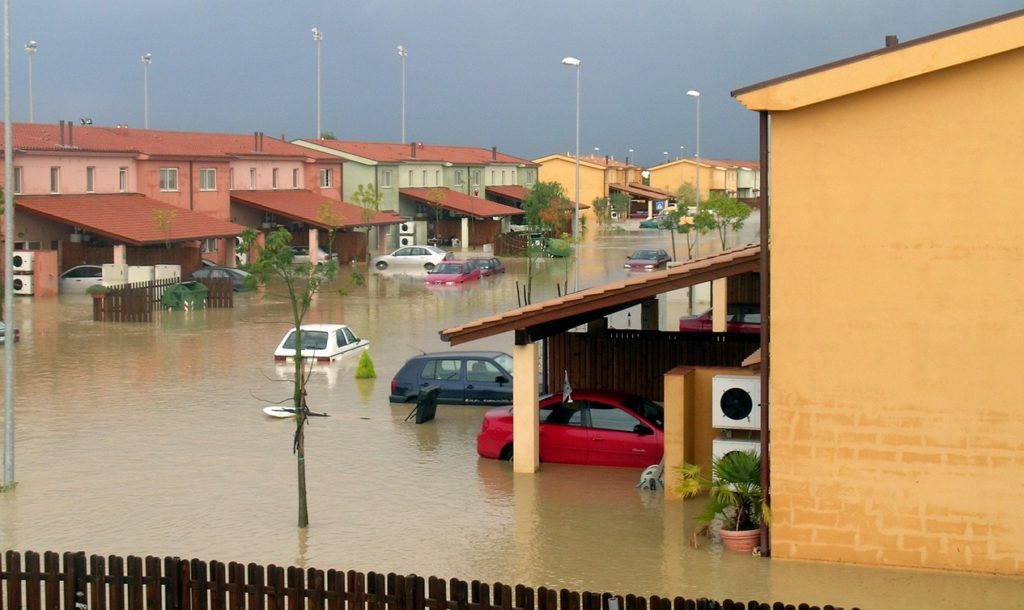
There’s a saying that goes like this: “when disaster strikes, the time to prepare has passed.” If you want to respond to unexpected life events the right way, the best thing you can do is to have a plan in case they happen.
If your home has been damaged due to a flood or fire, there are certain steps you need to take to clean and rebuild it afterwards. Let’s go over them so your home can prepare ahead of time and get back to normal as efficiently as possible.
1. Address Any Safety Issues
Your family should come before your home, so making sure everyone is safe is the first priority. Don’t enter any potentially unsafe areas, such as a flooded room or any space with fire damage overhead. Wear proper safety equipment (e.g. helmets, water boots) if you are going to enter your home and make sure you turn off utilities like electricity and water.
2. Gather Your Belongings
Next, try to save as many non-damaged items as possible. Start with the belongings that are most important, like photos, documents and any valuables. Then move on to smaller items like electronics before moving on to larger things like furniture, art and rugs. Consider renting a portable storage container to hold items while you figure everything else out.
3. Document for Insurance
Make sure you document everything, both visually and in written form. Take photos of all damage and take note of items that are no longer usable. It’s important to do this before any of the cleanup process starts so that you can ensure documentation is accurate. Do as much as you can before calling your insurance company, then work with your representative to gather any other information they need.
4. Address the Damage
Now it’s time to address the water or fire damage. If you’re dealing with a flood, dry off as much as possible, let your home air out and call a water damage restoration company if necessary. Anything damaged in a fire will likely need to be replaced by a contractor or restoration company as well. (Your insurance company will help with this step.) If you haven’t already, get any items or belongings out of the way and store them in a portable storage container or another room of the house that isn’t damaged so they’re safe and secure.
5. Renovate/Remodel
Once you’ve addressed all of the above tasks, you can begin the home renovation or remodeling process. This can actually be a fun step, so try to have a positive mindset as you recover from this unexpected event. Again, a portable storage container can be useful here if you want to get items out of the way as you renovate.
If you’re in need of portable storage due to a fire, flood or other reason, give us a call at 972-GET-A-SAM today for a no-obligation quote.
